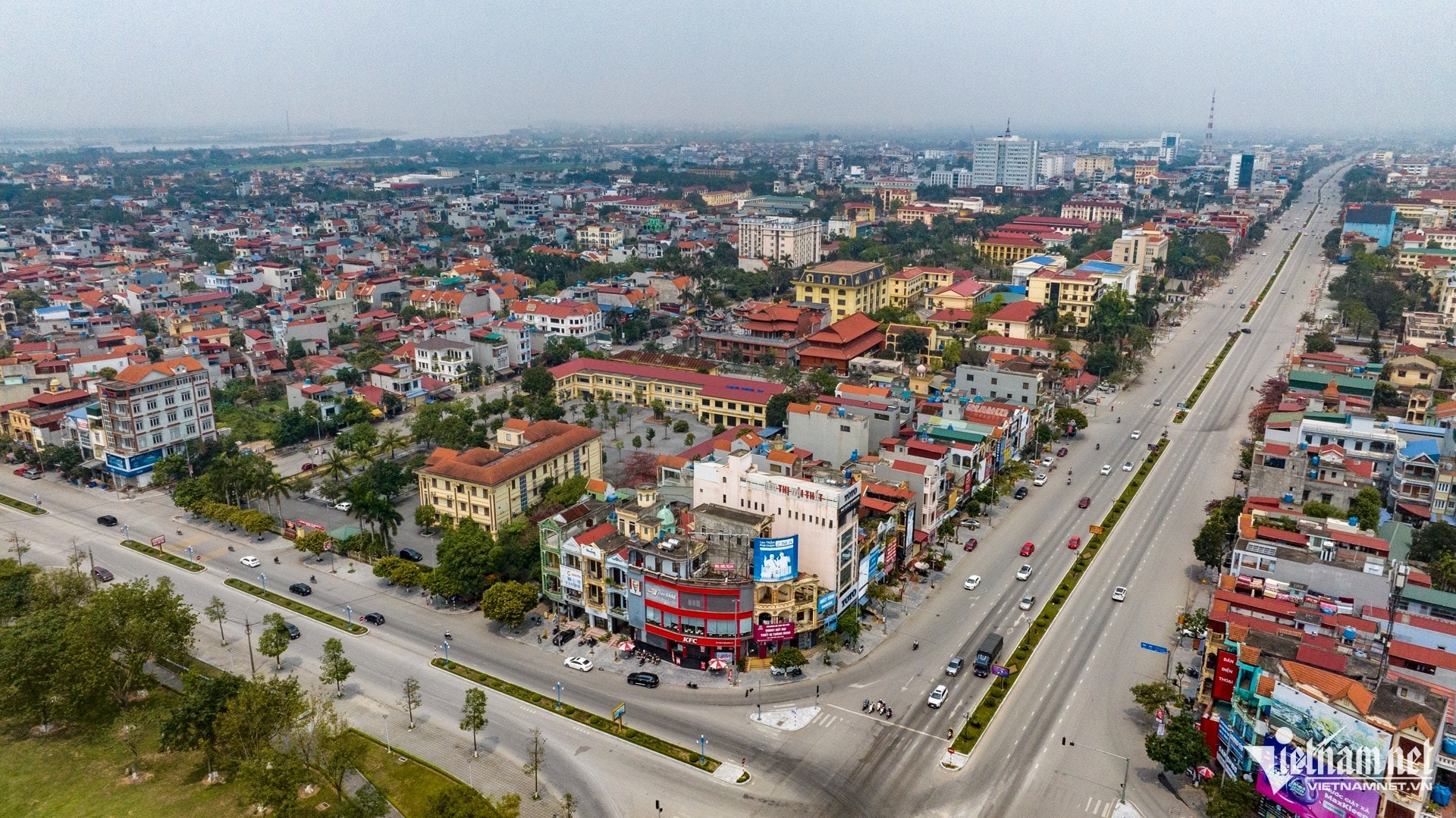
According to the draft and submission of the Resolution of the National Assembly Standing Committee on administrative unit arrangement, officials, civil servants and public employees will have their salaries and allowances reserved for 6 months after the arrangement.
Specifically, officials holding leadership and management positions will have their salary and allowance policies and regimes retained for 6 months from the time of assignment. This regulation also applies to provincial, district and commune-level officials, civil servants and public employees who are assigned to work at new provincial and commune-level administrative units.
After 6 months, the salary and position allowance policies and regimes will be implemented according to the new job position in accordance with regulations.
For specific regimes and policies, the draft stipulates that the current regimes and policies will remain the same in scope and subject as before the merger.
Regarding the staffing, the draft stipulates that the number of cadres, civil servants and public employees of the new provincial and communal administrative units after the rearrangement must not exceed the number of people before the rearrangement.
However, this figure will have to be gradually reduced within 5 years after the arrangement, calculated from the effective date of this resolution.
After the merger, ministries and branches must review and propose amendments and supplements to relevant legal regulations to suit the new situation.
To support and facilitate localities in implementing administrative unit reorganization, the draft stipulates that the central budget will provide one-time support to localities receiving additional budget balance at the rate of VND 100 billion/1 reduced provincial level and VND 500 million/1 reduced commune level. This budget source will be allocated to the local budget in 2026.
Regarding the rearrangement of headquarters and public assets, the local government where the administrative headquarters of the new administrative unit is expected to be located after the rearrangement is responsible for proactively balancing and allocating budget resources to repair, renovate and upgrade the working headquarters.
Local authorities are also responsible for arranging public housing for cadres, civil servants, public employees, and workers of administrative units to stabilize working conditions in the new administrative unit after the arrangement.
In particular, the Ministry of Home Affairs also proposed that the People's Council and People's Committee at the provincial level be responsible for, based on budget capacity, promulgating policies and mechanisms to support travel and working conditions for cadres, civil servants, public employees and workers of agencies and organizations in administrative units to arrange work at the new administrative center of the provincial and commune-level administrative units after the arrangement.
The draft sets a target of arranging and organizing local governments at two levels to be completed before June 30.
It is expected that after the reorganization, the number of provincial-level administrative units will decrease by about 50% of the current total of 63 provinces and centrally-run cities, and the number of commune-level administrative units will decrease by about 70%, from the current 10,035 units to less than 3,000 grassroots-level administrative units.
Two-level local government model, eliminating district level
According to Conclusion No. 126 dated February 14, 2025 and Conclusion No. 127 dated February 28, 2025, the Politburo and the Secretariat requested: "Research the orientation of merging a number of provincial-level administrative units, not organizing at the district level, merging a number of commune-level units; implementing a 2-level local model (party organization, government, mass organizations), ensuring streamlining, efficiency, effectiveness, and efficiency".
The recent draft Law on Organization of Local Government (amended) also proposed to organize administrative units and local government at 2 levels: provincial level and grassroots level, not district level.
In which, the provincial level remains as current regulations including: Provinces and centrally-run cities but merges some provincial-level administrative units to ensure meeting the prescribed standards, and at the same time to expand development space.
At the same time, reorganize current commune-level administrative units to form grassroots administrative units including communes, wards and special zones on islands to suit the new organizational model.
Special economic-administrative units are established according to current regulations by decision of the National Assembly.
Source: https://baohaiduong.vn/de-xuat-ho-tro-di-lai-nha-o-cong-vu-cho-can-bo-cong-chuc-khi-lam-viec-o-trung-tam-hanh-chinh-moi-408101.html






![[Photo] Prime Minister Pham Minh Chinh and Prime Minister of the Kingdom of Thailand Paetongtarn Shinawatra attend the Vietnam-Thailand Business Forum 2025](https://vphoto.vietnam.vn/thumb/1200x675/vietnam/resource/IMAGE/2025/5/16/1cdfce54d25c48a68ae6fb9204f2171a)

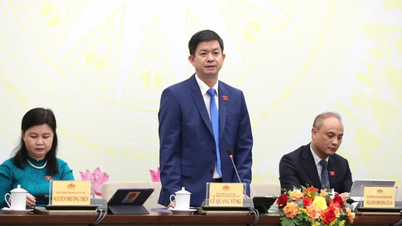




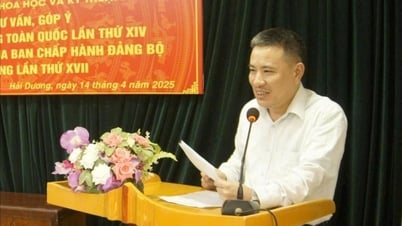
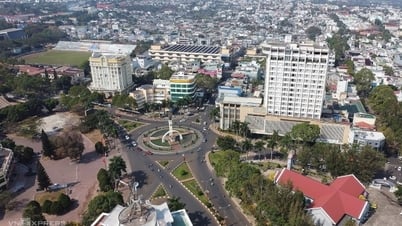



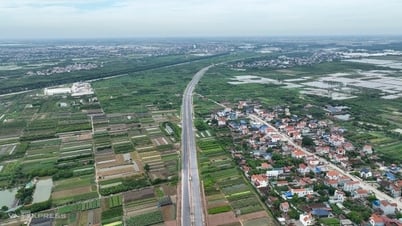













![[Photo] President Luong Cuong receives Prime Minister of the Kingdom of Thailand Paetongtarn Shinawatra](https://vphoto.vietnam.vn/thumb/1200x675/vietnam/resource/IMAGE/2025/5/16/52c73b27198a4e12bd6a903d1c218846)

















































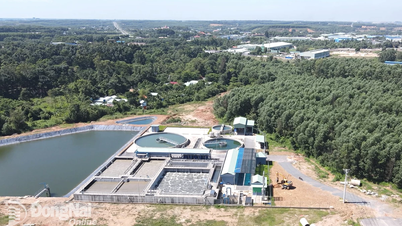

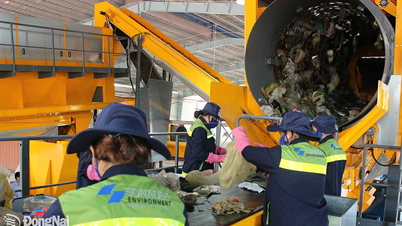










Comment (0)